There’s plenty of innovation in Samsung’s new television lineup and PAT PILCHER gets a close-up squiz at the beaut new models.
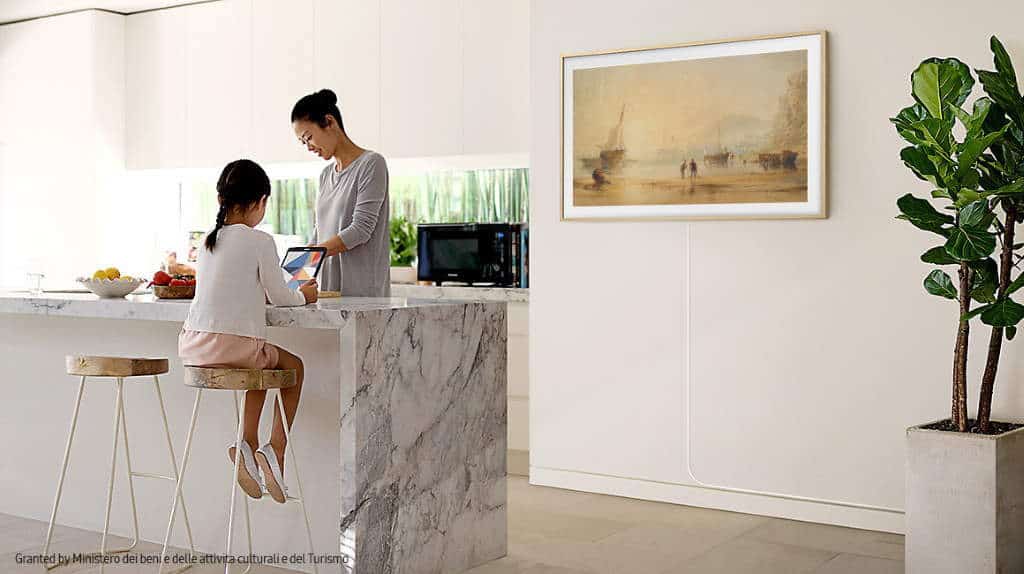
The world may be in a pandemic-induced shutdown as the USA goes into full Mad Max mode, but that hasn’t stopped Samsung from launching their 2020 TV range.
This time around 8K is everywhere. Samsung has announced a bunch of 8K capable QLED TVs plus several 4K QLED models.
Instead of focussing on cranking out shinier and fancier loony boxes for our lounges, Samsung has launched some really imaginative TVs, each designed to appeal to a different set of wants and needs.
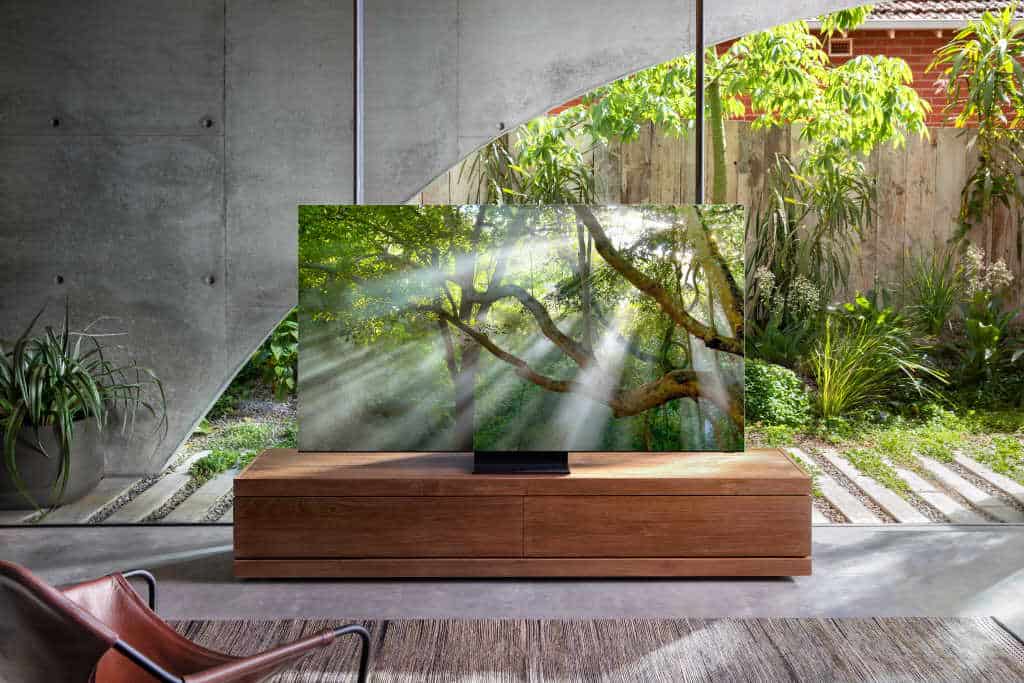
Taking a TV for a spin gets taken to the next level with the rotating Samsung Sero. It’s designed to rotate smartphone video footage. Then there are the new and improved Frame TVs which feature improved warm and cool LED backlighting for richer colours.
Samsung’s flagship model is the 8K AI QLED. It’ll be available in screen sizes starting at 65 inches, going all the way up to 85 inches. Checking them out at Samsung’s showroom saw my mandible hit the shagpile. They feature an almost invisible bezel – which equates to a 99 percent screen area. The effect is striking. If 8K is big on your list of TV specs and you can afford it, the 8K AI QLED range is a definite contender.
In true Samsung fashion, they’ve also designed a TV for use outside. It allows you to catch the footy while sizzling a snarler. The TV is weatherproof and operates in temperatures as low as -11c (which would kind of defeat the point of a BBQ). Its remote is also weatherproof and the wall mounting hardware is extra secure, meaning it is less likely to get knicked.
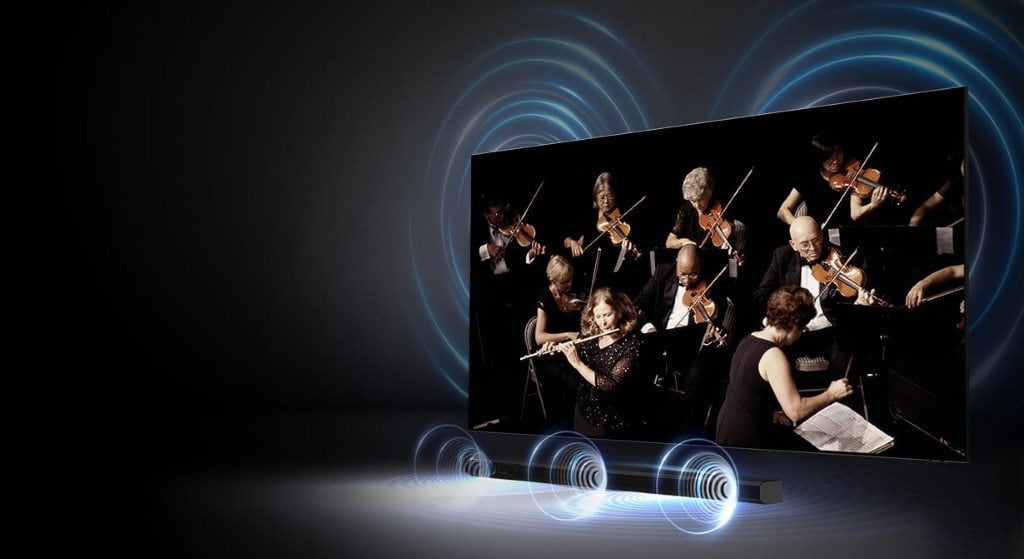
Samsung has also baked a tonne of new tech under their TV hoods to deliver big audio and video improvements.
Much of the peeper pleasing stuff is thanks to Samsung’s next-gen Quantum image chips and AI. Machine learning upscales content that has a lower resolution than the display panel. This got branded by Samsung as “Deep Learning Super Resolution”. It works off a database of images which combine with several upscaling algorithms. Each algorithm handles different aspects of the upscaling process. When combined, on-screen video is vivid, crisp and super realistic. In use, the effect makes it hard to distinguish HD or UHD footage from 8K video.
Samsung also tweaked their Full Array Local Dimming (FALD) system. It now allocates power so the energy that’s unused in darker on-screen areas can be used as additional power for brighter LED areas. The result is an increase in peak brightness plus big contrast improvements. Nicer still, there’s no impact on the TV’s overall energy consumption. Clever eh!
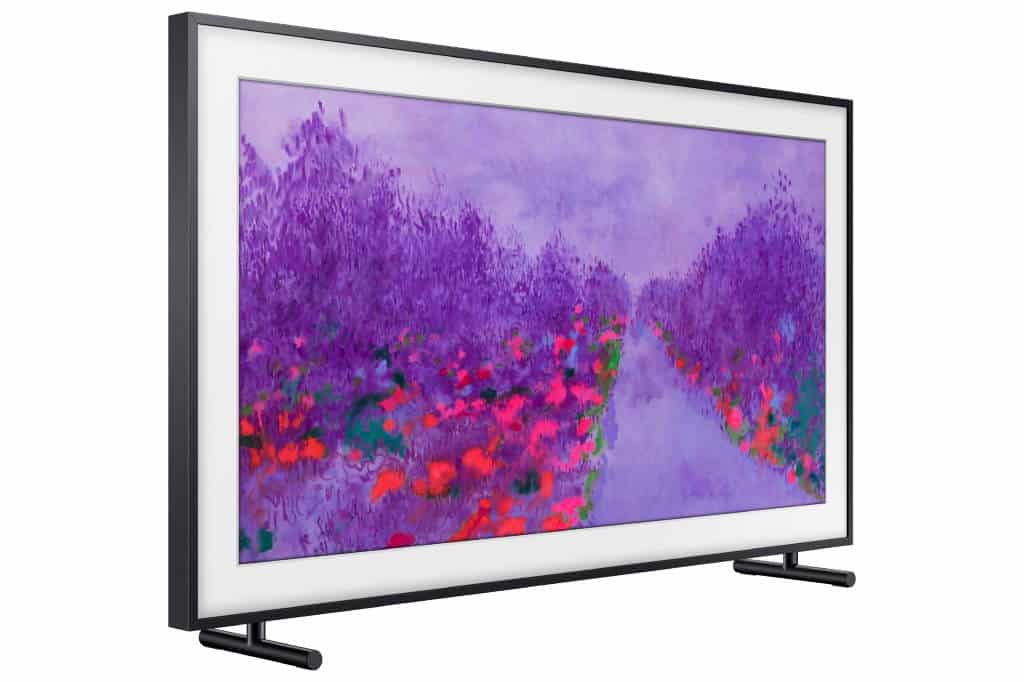
Watching a title sequence play on Samsung’s showroom telly showed this off to good effect. Most FALD TVs struggle with title sequences and HDR. The edges of on-screen titles often bloom against darker backgrounds. This wasn’t noticeable on the Samsung 8K AI QLED TV.
There’s also been a lot of effort put into futureproofing. This takes the form of AI ScaleNet. Much 8K content may be yet to surface, but bandwidth for streamed 8K content is already shaping up to be a headache. AI ScaleNet applies compression to content as it leaves the content provider and it gets decompressed when it reaches the TV. Samsung says AI ScaleNet could halve the bandwidth needed for streaming 8K content. Samsung is already working with Amazon to bake this tech into Prime Video.
Active tone mapping on a per-frame basis is there too. It cranks up the quality of HDR on-screen images. With it, HDR10 now works like HDR10+. Video is tweaked in real-time to tease out more subtle on-screen detail. Adaptive Picture+ tweaks brightness/contrast levels based on lighting. When combined with Active tone mapping, the results are pretty impressive.
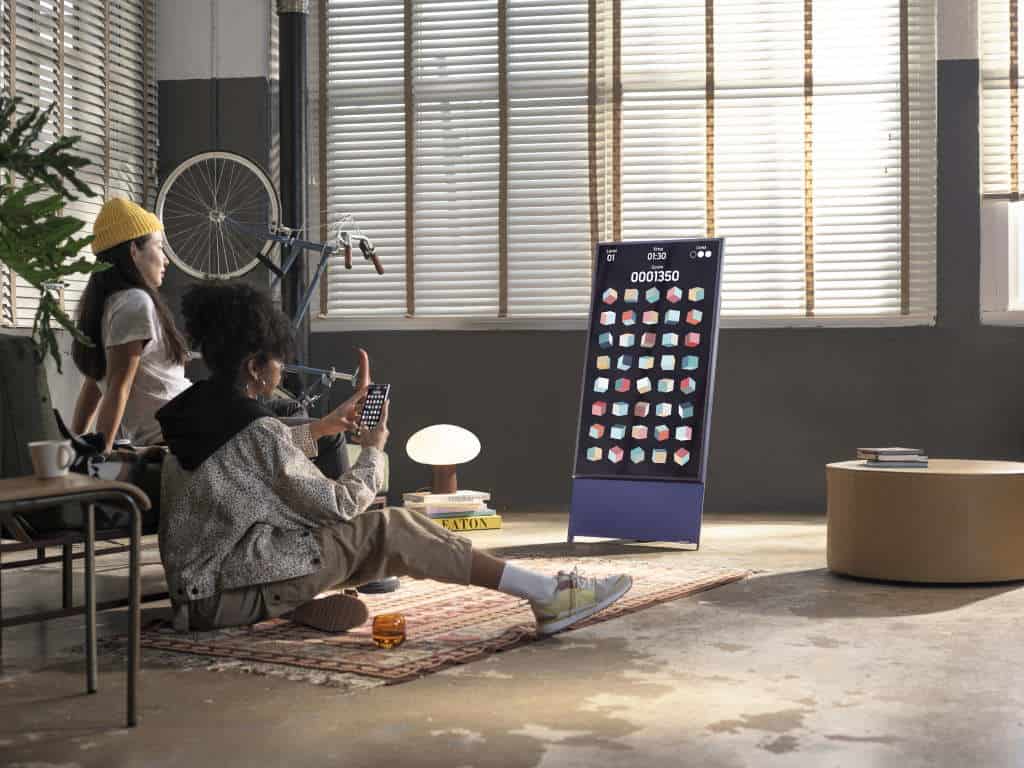
It isn’t all about the video either. Samsung has put a tonne of effort into that most under-appreciated aspect of TVs – their audio.
This takes the form of several technologies. The first being what Samsung calls Adaptive Sound+. It uses signal processing to improve voice clarity when in-show noise levels increase.
The jewel in the sonic crown is Object Tracking Sound. It provides enhancements to the directionality of audio. The viewer can pinpoint sounds corresponding to the on-screen action. Audio gets analysed and specific parts of the soundtrack get sent to specific speakers on the TV. In use, the effect adds both width, height and motion to the TVs sound stage.
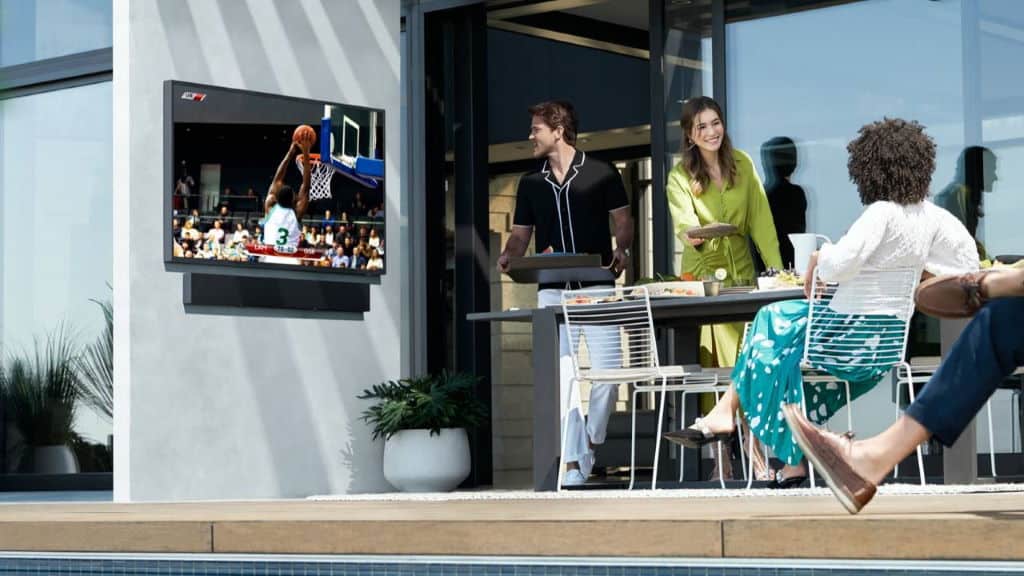
Another nifty audio tweak takes the form of Q-Symphony. It makes use of Samsung’s Q-series soundbars for richer and more dynamic sound output. Most TVs mute their speakers when a soundbar gets hooked up. Not Samsung. Their TVs speakers are used alongside the soundbar for richer and more directional audio.
All told, the 2020 range packs a lot of nifty and useful tweaks. We should have a TV in at the Witchdoctor’s lab for a review soon, so watch this space.









